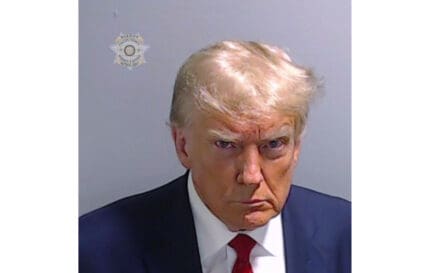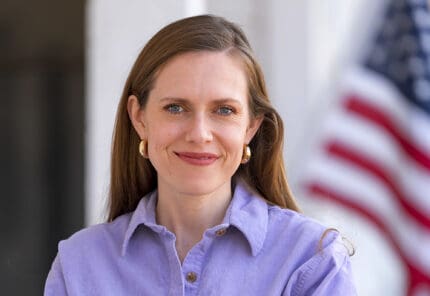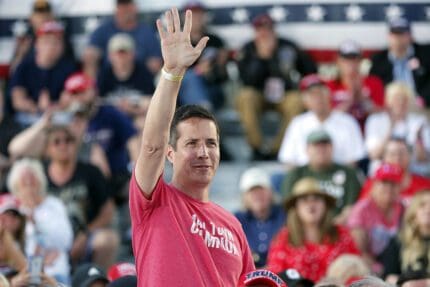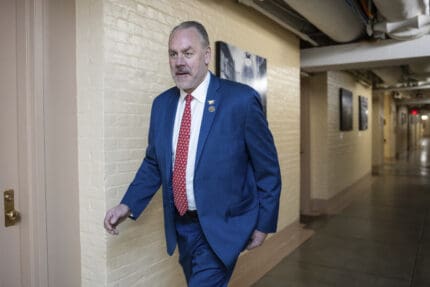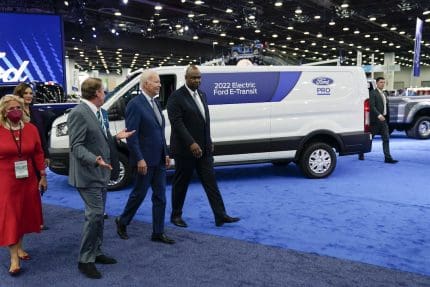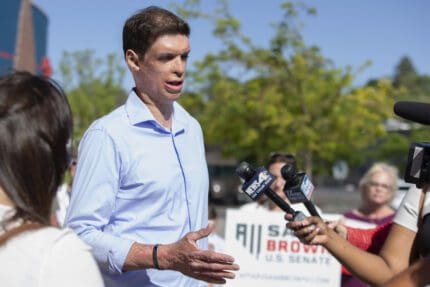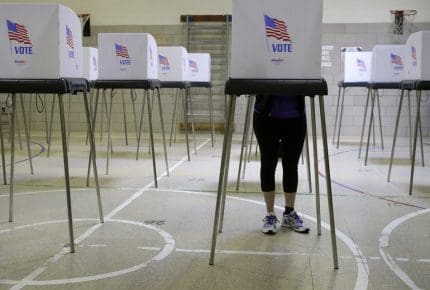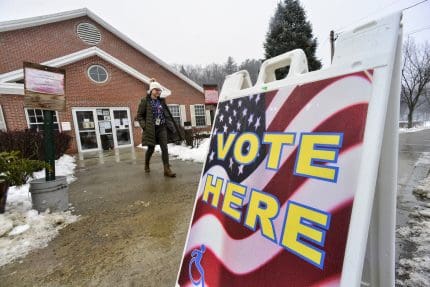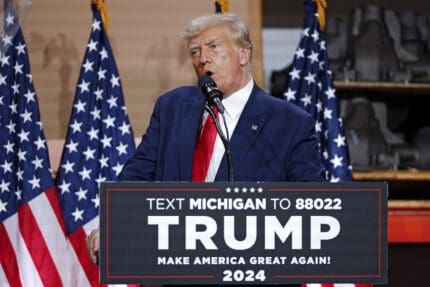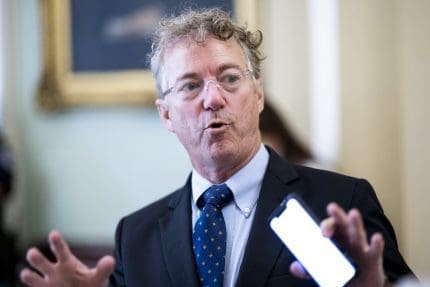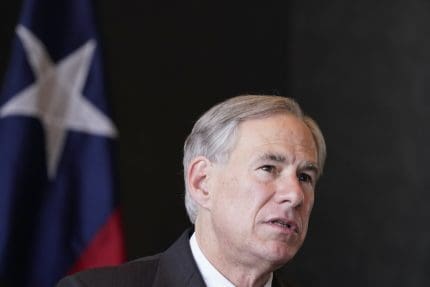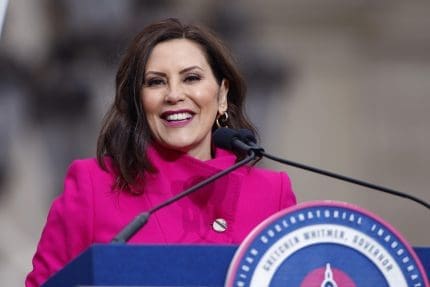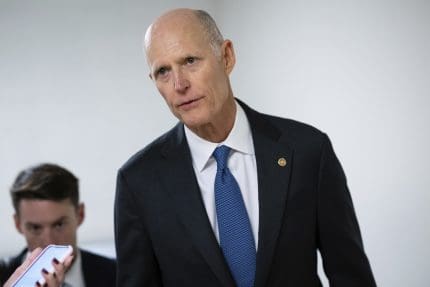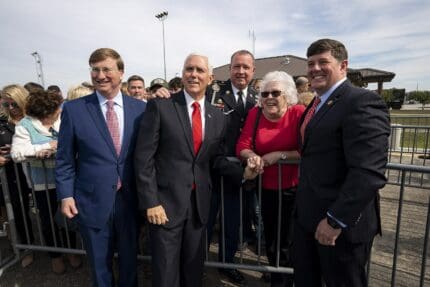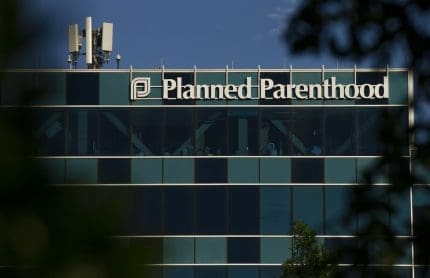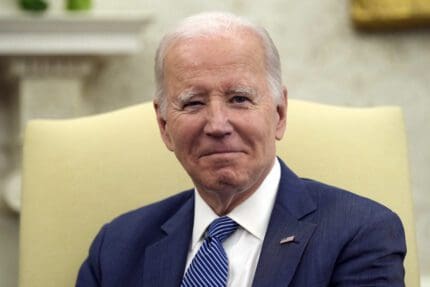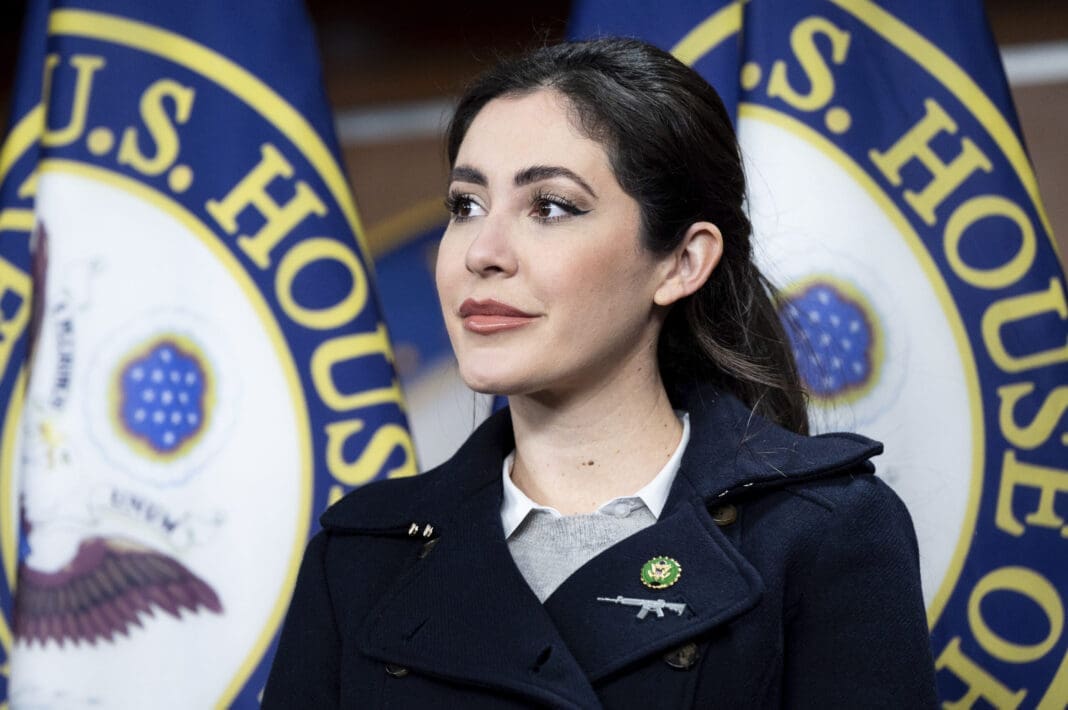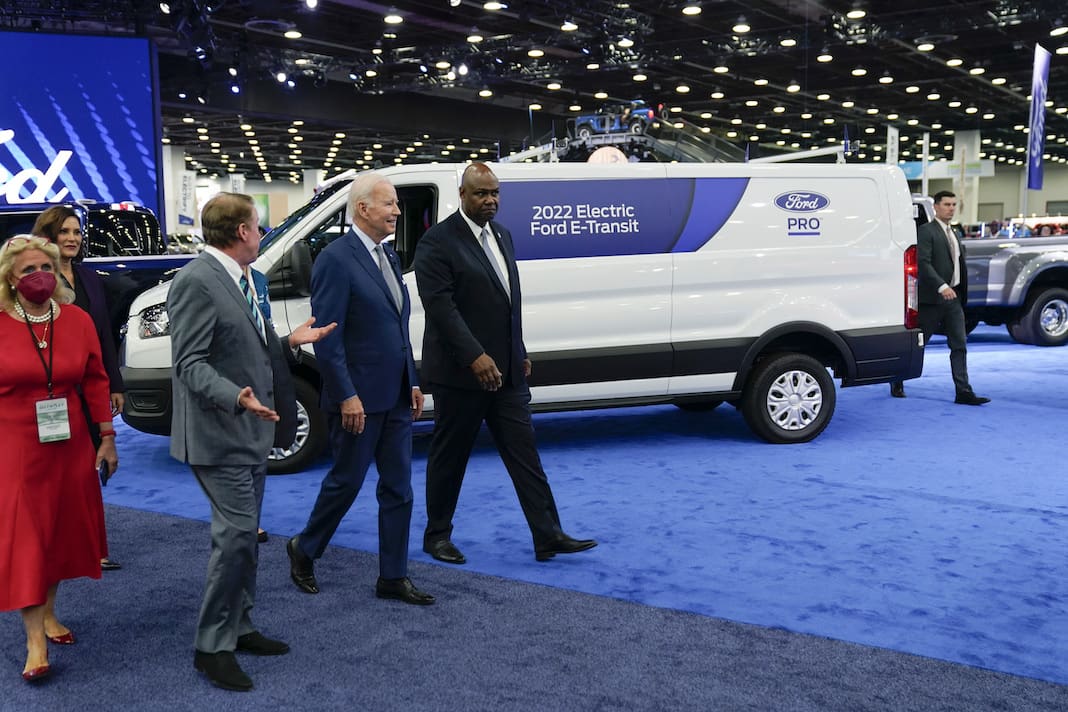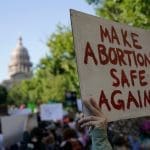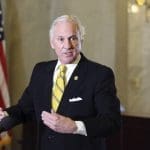Fact check: Trump spends the week lying about the Supreme Court and Justice Ginsburg
Trump has lied about the late Ruth Bader Ginsburg’s dying wish and about what the Constitution says about the Supreme Court.

Donald Trump and his Senate allies are misrepresenting the facts about Supreme Court nominations as he prepares to push ahead with a replacement for the late Justice Ruth Bader Ginsburg.
Told about Ginsburg’s dying wish to have the presidential winner in November pick her replacement, Trump asserted that Democrats fabricated the claim and insisted it was his constitutional imperative to name nine justices to the Supreme Court. Both claims are groundless.
In fact, a veteran Supreme Court journalist reported and verified Ginsburg’s statement, while nothing in the Constitution requires that there be nine justices. Senate Republicans in 2016 had no qualms leaving the seat unfilled for 14 months, saying voters should first decide the president, who picks the court nominee.
Trump and Republican senators also falsely asserted that an eight-member court would leave the country in political limbo if there is an election dispute and incorrectly suggested that the Democratic Party has been hatching a plan to expand the high court for months.
A look at fact and fiction as Trump prepares to announce his Supreme Court pick later this week:
GINSBURG
TRUMP, on Ginsburg’s request that her replacement be chosen by the next president: “I don’t know that she said that, or if that was written out by Adam Schiff, and Schumer and Pelosi. That came out of the wind. It sounds so beautiful, but that sounds like a Schumer deal, or maybe Pelosi or Shifty Schiff.” — interview Monday with “Fox & Friends.”
THE FACTS: He’s making a baseless assertion that congressional Democrats invented Ginsburg’s statement, which Trump is ignoring by moving forward with plans to announce a nominee.
In the days before her death, Ginsburg told her granddaughter Clara Spera that “my most fervent wish is that I will not be replaced until a new president is installed,” according to NPR’s Nina Totenberg, a longtime veteran Supreme Court reporter.
Totenberg, who is close to the Ginsburg family, reaffirmed her reporting this week. She told MSNBC on Monday that others in the room at the time also heard Ginsburg make the statement, including her doctor. “I checked because I’m a reporter,” Totenberg said.
There is certainly no evidence that House Speaker Nancy Pelosi, Rep. Adam Schiff, or Senate Minority Leader Chuck Schumer manufactured Ginsburg’s request, as Trump asserts. “Mr. President, this is low. Even for you,” Schiff tweeted Monday.
Trump says he’ll announce his nominee on Saturday.
___
COURT VACANCY
TRUMP, on why he’s moving forward with a nomination so close to the Nov. 3 election: “I have a constitutional obligation to put in nine judges — justices.” — remarks Tuesday to reporters.
THE FACTS: To be clear, there is no constitutional requirement to have nine justices on the Supreme Court.
The Constitution, in fact, specifies no size for the Supreme Court, and Congress has the power to change its size.
Over its history, the high court has varied in size from five to 10 justices, depending on the number of judicial circuits in the U.S., according to Russell Wheeler, a visiting fellow at the Brookings Institution and former deputy director of the Federal Judicial Center. He explained that a major duty of the justices until the late 19th century was to try cases in the old circuit courts. Congress decided on nine circuits in the late 1860s.
President Franklin D. Roosevelt pushed to expand the high court in the 1930s in a bid to gain broader judicial support for his New Deal policies, but that effort failed.
___
TRUMP: “We need nine justices. You need that. With the unsolicited millions of ballots that they’re sending, it’s a scam; it’s a hoax. Everybody knows that. And the Democrats know it better than anybody else. … So doing it before the election would be a very good thing because you’re going to probably see it.” — remarks Tuesday to reporters.
THE FACTS: There’s nothing fraudulent about mail-in ballots, and Trump’s repeated false assertions certainly don’t provide a valid justification to speed up a judicial nomination.
First of all, there is no such thing as an “unsolicited” ballot. Five states routinely send ballots to all registered voters so they can choose to vote through the mail or in person. Four other states and the District of Columbia will be adopting that system in November, as will almost every county in Montana. Election officials note that, by registering to vote, people are effectively requesting a ballot, so it makes no sense to call the materials sent to them “unsolicited.”
More broadly speaking, voter fraud has proved exceedingly rare. The Brennan Center for Justice in 2017 ranked the risk of ballot fraud at 0.00004% to 0.0009%, based on studies of past elections.
In the five states that regularly send ballots to all voters who have registered, there have been no major cases of fraud or difficulty counting the votes.
Of the four states adopting the system of universal mail balloting this year, only Nevada is a battleground, worth six electoral votes and likely to be pivotal only in a national presidential deadlock.
It’s true that many states are expecting a surge in mail-in voting because of the coronavirus pandemic, which may lead to longer times in vote counting. But there is no evidence to indicate that massive fraud from “unsolicited” balloting is afoot.
___
REPUBLICAN SEN. TED CRUZ, citing a danger of an eight-member Supreme Court if the election is disputed as in the Bush v. Gore case: The 2000 case was an “epic battle where Al Gore challenged the election results, and for 36 days, the country was held in chaos. Well, if Joe Biden does that again this year and we have an 8-8 court, an equally divided court, 4-4, can’t decide anything. That could make this presidential election drag on weeks and months and well into next year. That is an intolerable situation for the country. We need a full court on Election Day.” — interview Sunday on ABC’s “This Week.”
THE FACTS: The Texas senator’s assertion that an eight-member court would deadlock on any case disputing the Nov. 3 election, causing the presidential election to drag “well into next year,” is overblown.
Cruz is referring to when the Supreme Court in a 5-4 vote effectively settled the 2000 election in favor of Republican George W. Bush by stopping a recount ordered by a state court in closely contested Florida.
First of all, the odds of history repeating itself in Florida or elsewhere are long. The issue won’t come up at all if either candidate shows a clear advantage in most states on or soon after Election Day. And even if the election is messy and contested in court, the country will have a president in January — and not be in limbo “well into next year” as Cruz asserts — because the Constitution and federal law ensure it.
Currently, the court is split between five justices appointed by Republican presidents and three by Democratic presidents. A 4-4 tie in a high-profile presidential election case — which would happen if a conservative justice crosses over to join the liberals — would leave a lower federal or state court ruling in place, ratifying whatever the lower court decided. It would not leave the case undetermined.
The prospect of a 4-4 tie is also less likely than in 2016, when Republican senators allowed the seat of Justice Antonin Scalia to languish for months, citing a presidential election year. His death in February 2016 left the court split between four Republican-appointed presidents and four Democratic-appointed ones to decide an election dispute if one had arisen.
The Scalia vacancy ultimately proved to be the longest for the high court since 1869, when Congress set the number of justices at nine, and it caused the court to take on fewer cases. Neil Gorsuch was installed as Scalia’s replacement 14 months later in April 2017 after Trump took office.
___
COURT EXPANSION
SENATE MAJORITY LEADER MITCH MCCONNELL: “Democrats are threatening to attack the foundations of the Senate and the Court if they do not get their way. Here’s the problem with this attempted blackmail: They have already been making these threats for many months. They’ve been campaigning on them for over a year.” — tweet Tuesday.
THE FACTS: It’s not true that Democrats have been broadly campaigning for changes such as an expansion to the Supreme Court for “months” and “over a year.” Nor is it a foregone conclusion that Democrats will ultimately embrace the proposal.
While the sudden vacancy of Ginsburg’s seat has spurred progressives to call for a court expansion, Biden has so far resisted embracing the idea. And Democrats said almost nothing about the Supreme Court at their national convention in August.
Biden, who ran a relatively centrist primary campaign and spent 36 years in the Senate, says he’s concerned that such moves would worsen divisions during a particularly polarized moment in American history.
Another worry is that changing the size of the court for the first time in 150 years would come back to bite the Democrats, leading to further expansion when Republicans next control both Congress and the White House. Faced with a 6-3 conservative court as the new year begins, Democrats would need to add four seats to overcome the Republicans’ edge. With a 15-justice court, just two more additions by the Republicans would solidify their advantage.
In the Democratic primaries, Biden prevailed over candidates who supported big changes for the court, including former South Bend, Indiana, Mayor Pete Buttigieg, who favored a 15-justice court.
Senate Democratic leader Chuck Schumer of New York has said that “nothing is off the table” for Senate rules changes if Republicans quickly confirm a new justice, though others, like Sen. Bernie Sanders (I-VT), express unease with the idea. Schumer argues that Democrats are being forced into considering that option because of the hypocrisy of McConnell, who in 2016 blocked review of President Barack Obama’s Supreme Court nominee, Merrick Garland, saying it was a presidential election year.
Recommended

Republican Sam Brown’s assault on teacher unions could backfire
Brown has called for abolishing the U.S. Department of Education.
By Jesse Valentine - May 09, 2024
Republican Kari Lake attacks Democratic opponent with deceitful, inaccurate ad
Lake opposed a bipartisan border security bill that was backed by border patrol agents
By Jesse Valentine - April 30, 2024
Assisted living home lawsuit, citations add to controversy over Hovde’s nursing home remarks
Campaign says GOP Senate hopeful has no responsibility for facility and lawsuit lacks merit
By Erik Gunn, Wisconsin Examiner - April 24, 2024










